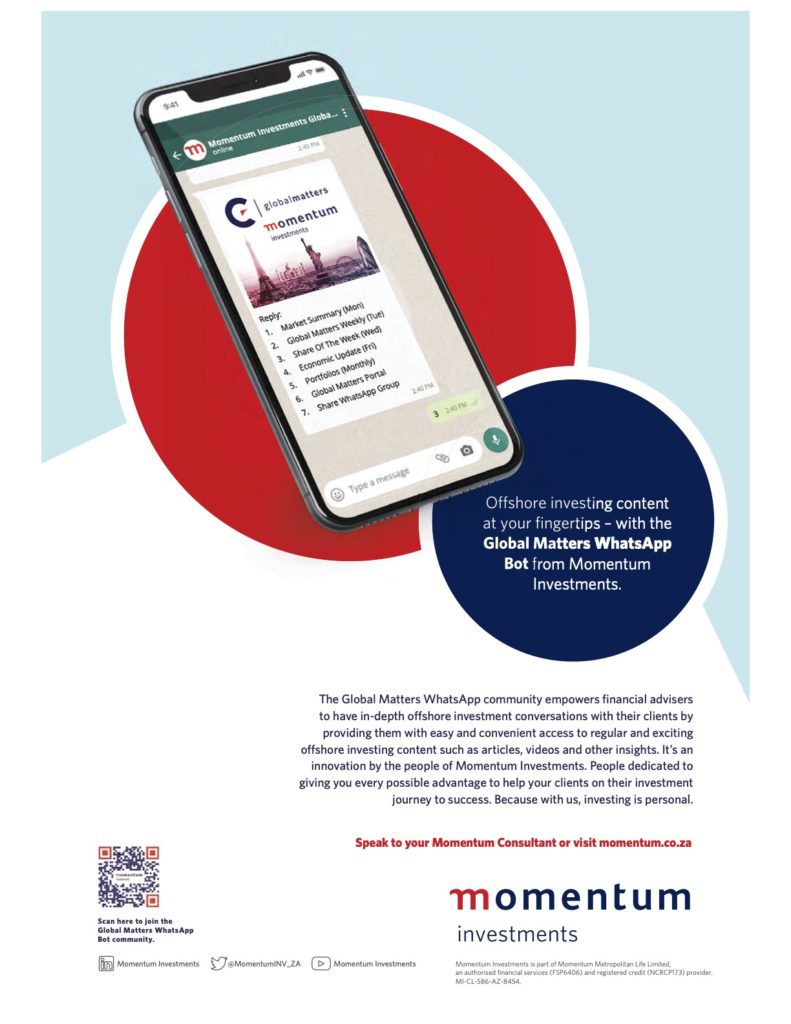
Lee Callakoppen, Principal Officer of Bonitas Medical Fund
The South African private healthcare industry has undergone considerable change over the past few years. Escalating healthcare inflation and costs, a declining and aging membership, the impact of a global pandemic and a growing disease burden is impacting the not-for-profit Medical Scheme industry which is highly regulated.
One of the notable trends is towards medical scheme consolidation, especially in light of the proposed introduction of National Health Insurance (NHI) where smaller schemes will be unable to compete. The Council for Medical Schemes (CMS) recommends that schemes that cannot compete on a sustainable price point should consider amalgamation partners.
‘The trend towards amalgamations is not only for the sustainability of the medical scheme but for the benefit of members who ‘own’ the fund.
It is not only the call from CMS for schemes to join forces but also strict regulations around minimum solvency ratios and reserves which are more difficult for smaller schemes to maintain.
The Medical Schemes Act No 131 of 1998 requires that medical schemes, ‘shall at all times maintain its business in a financially sound condition’. This means having sufficient assets for conducting its business, providing for liabilities and having the prescribed solvency requirements of 25%.
It’s a big ask for small schemes in this volatile and uncertain healthcare market.
The objective of a good solvency framework is to maintain financial stability, promote fair competition, ensure efficient use of capital and, more importantly, provide early warning signs of potential failure.
The CMS is the statutory body that provides regulatory supervision of more than 80 medical schemes registered in the country and oversees amalgamation prospects. One proviso for amalgamation is that schemes should complement each other and provide a broader and more comprehensive offering to members.
One clear indicator of risk is the size of the pool of lives being covered. Schemes with smaller risk pools are struggling to survive and experience more volatile claims. Amalgamation into a bigger scheme means cross-subsidisation of costs. It is a trend I believe will continue, if not accelerate. In fact, in the past decade we have seen 28 amalgamations approved by the CMS and the Competition Commission.
As a key player in the industry, Bonitas is positioned as an ideal amalgamation partner. The size and stability of the Scheme further reinforce this notion. Our track record for amalgamations is excellent with several transactions concluded over the past few years – including the largest medical scheme amalgamation in history. Most pleasing was the proportion of members we retained from these amalgamations, the last three saw the Scheme retain 90% of the membership in the first year.
We are awaiting the approval of the Competition Commission regarding the proposed amalgamation with the Nedgroup Medical Aid Scheme after both sets of members voted in favour of the transaction, clearly seeing the value it will bring. If approved there is a potential of an increased membership of around 370 000 principal members, a decrease in average age and pensioner ratio, as well as an improvement in reserve levels.
The reality is that current economic conditions are putting pressure on consumers, already burdened by the high cost of living. Healthcare costs are rising exponentially and whether NHI is implemented in the near future or not, all companies providing healthcare or associated services will need to be proactive in addressing this issue.
Amalgamation with larger schemes will mean stronger financial stability, a broader national footprint and better economies of scale to allow these schemes to negotiate more advantageous rates and improve provider networks. This translates into more value for members.
From an investment of assets perspective, there is an opportunity for more effective management of asset allocation and diversification, potentially resulting in lower fees, higher service levels and better returns over the long term.
There is no doubt that the future of healthcare is changing and it is up to healthcare providers and associated services to be nimble enough to pre-empt these changes and adapt accordingly.


